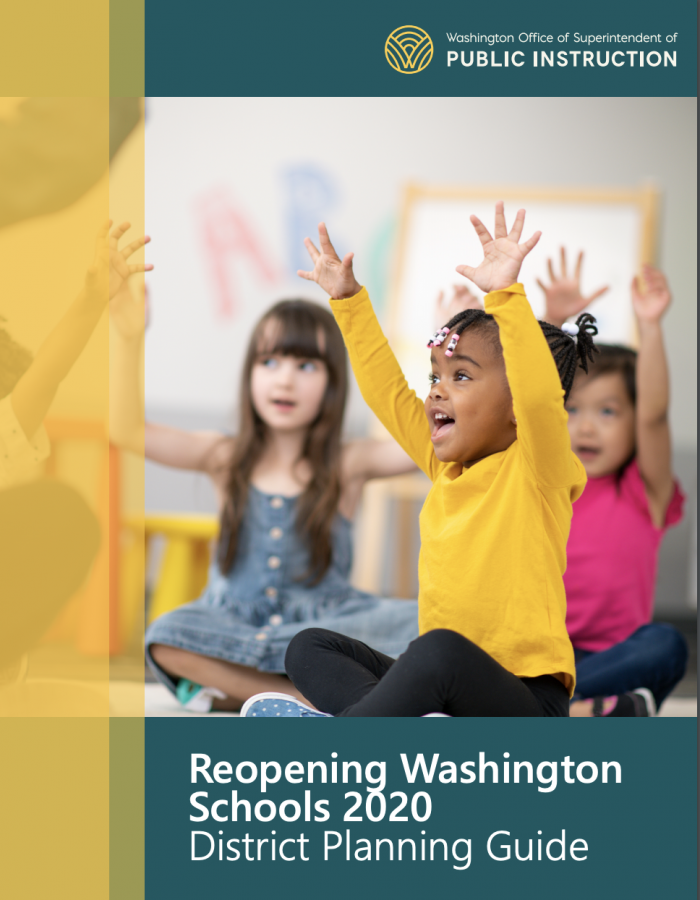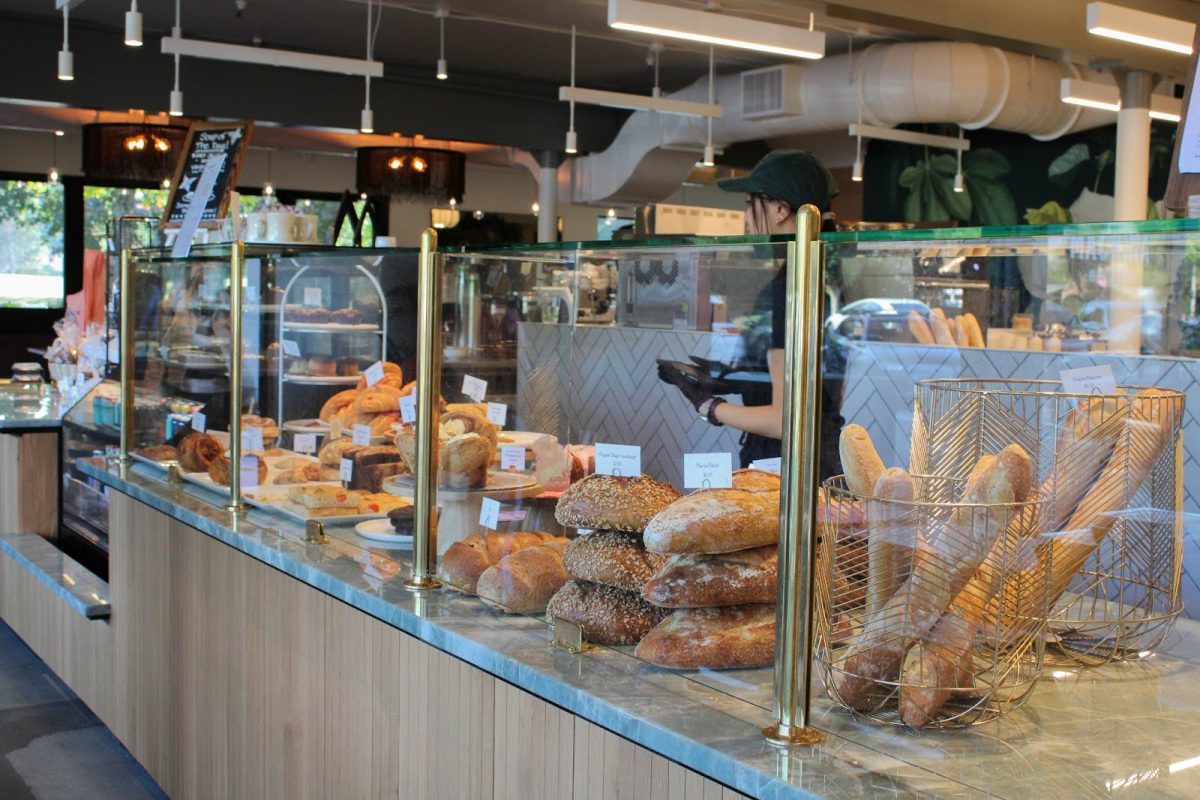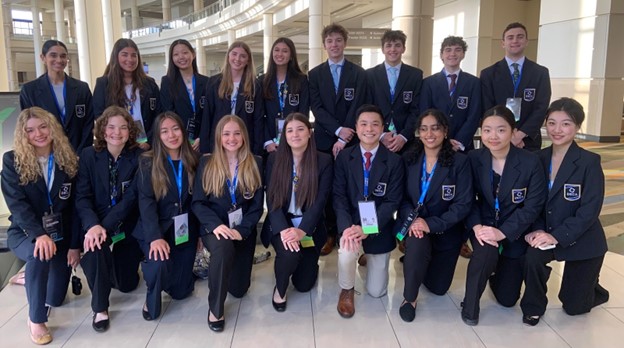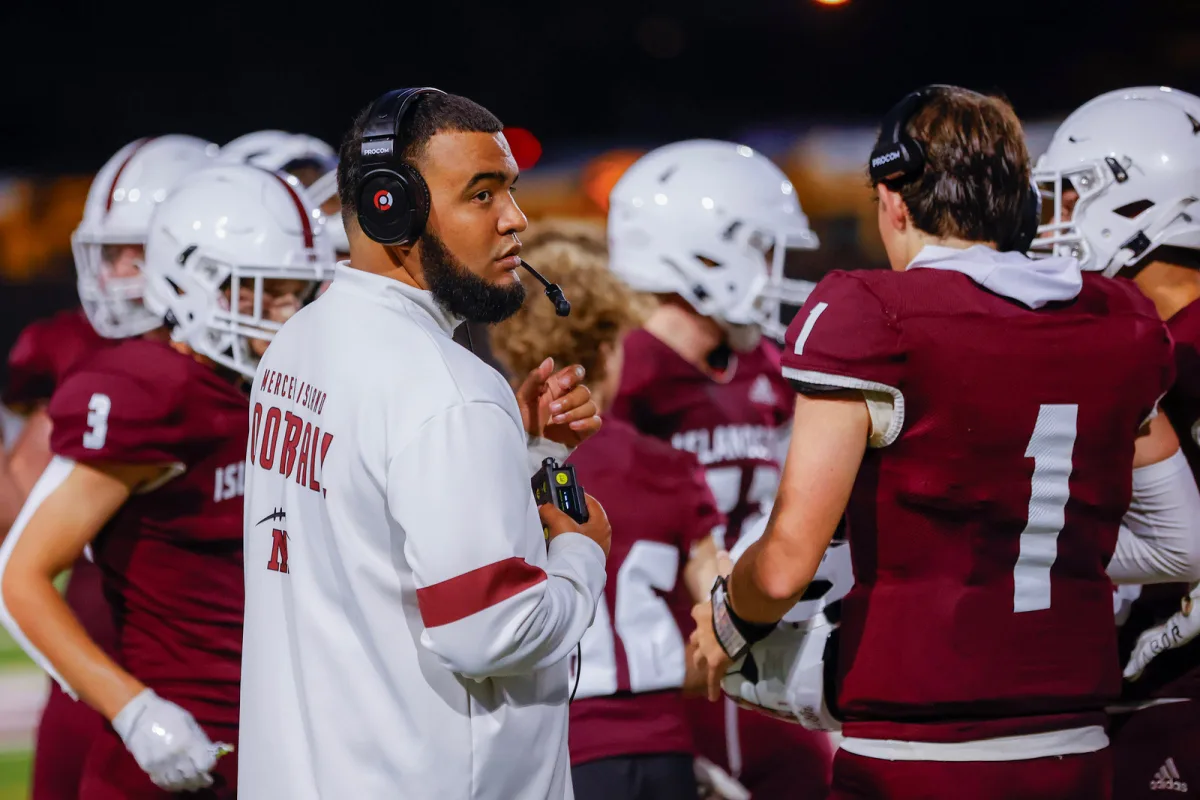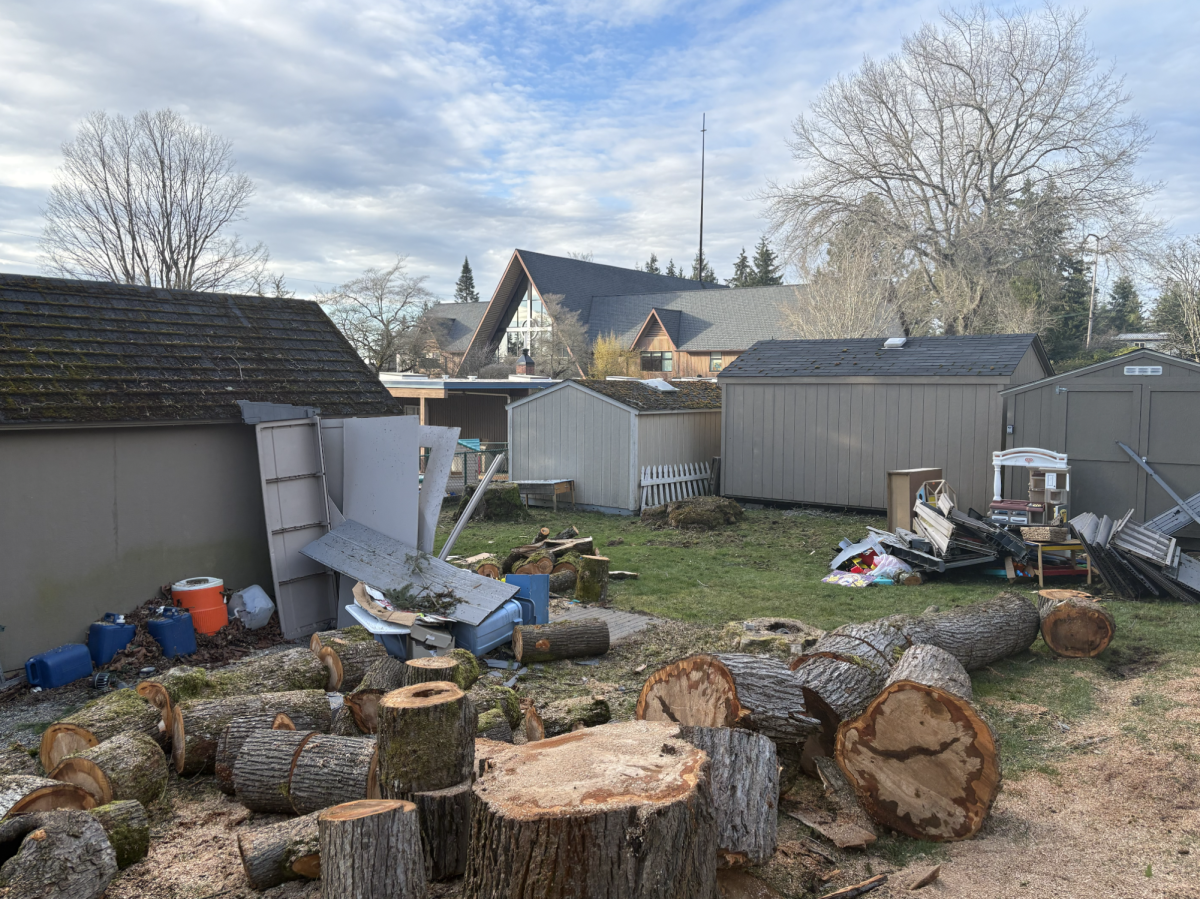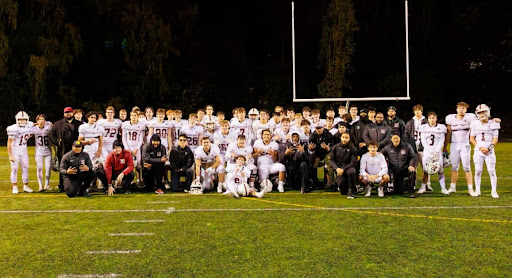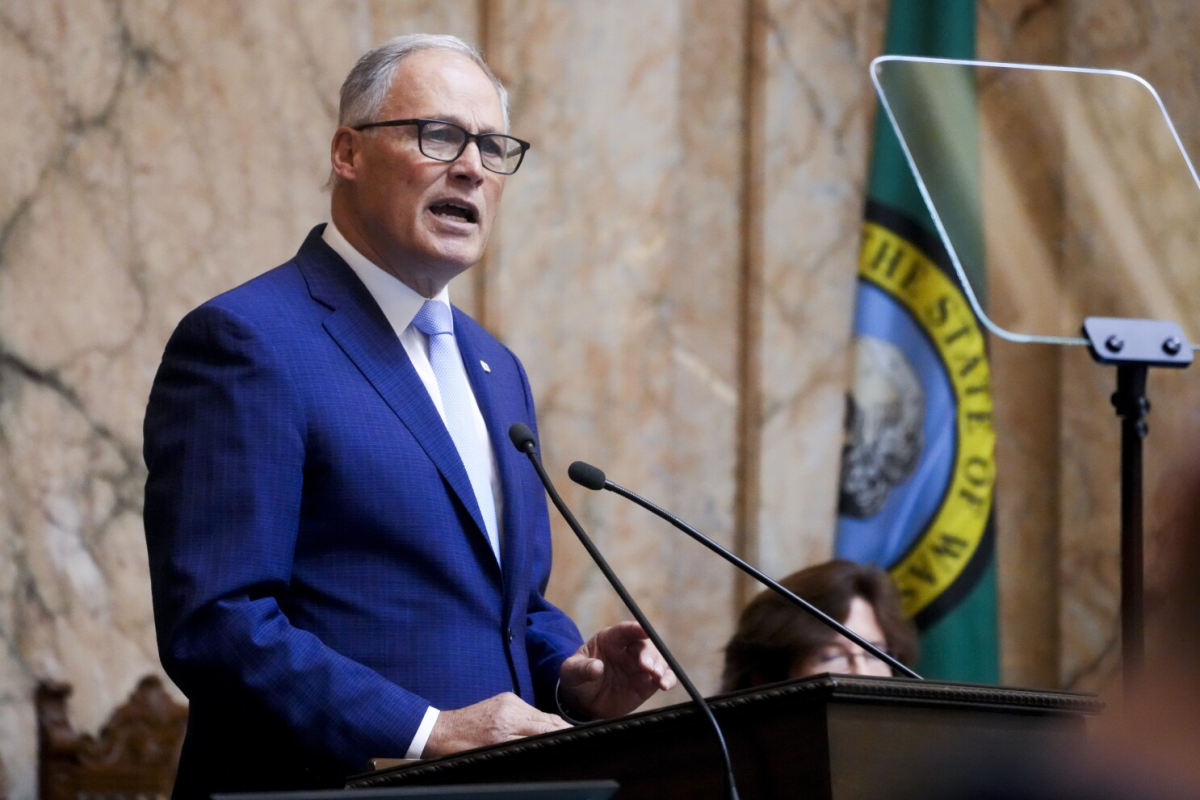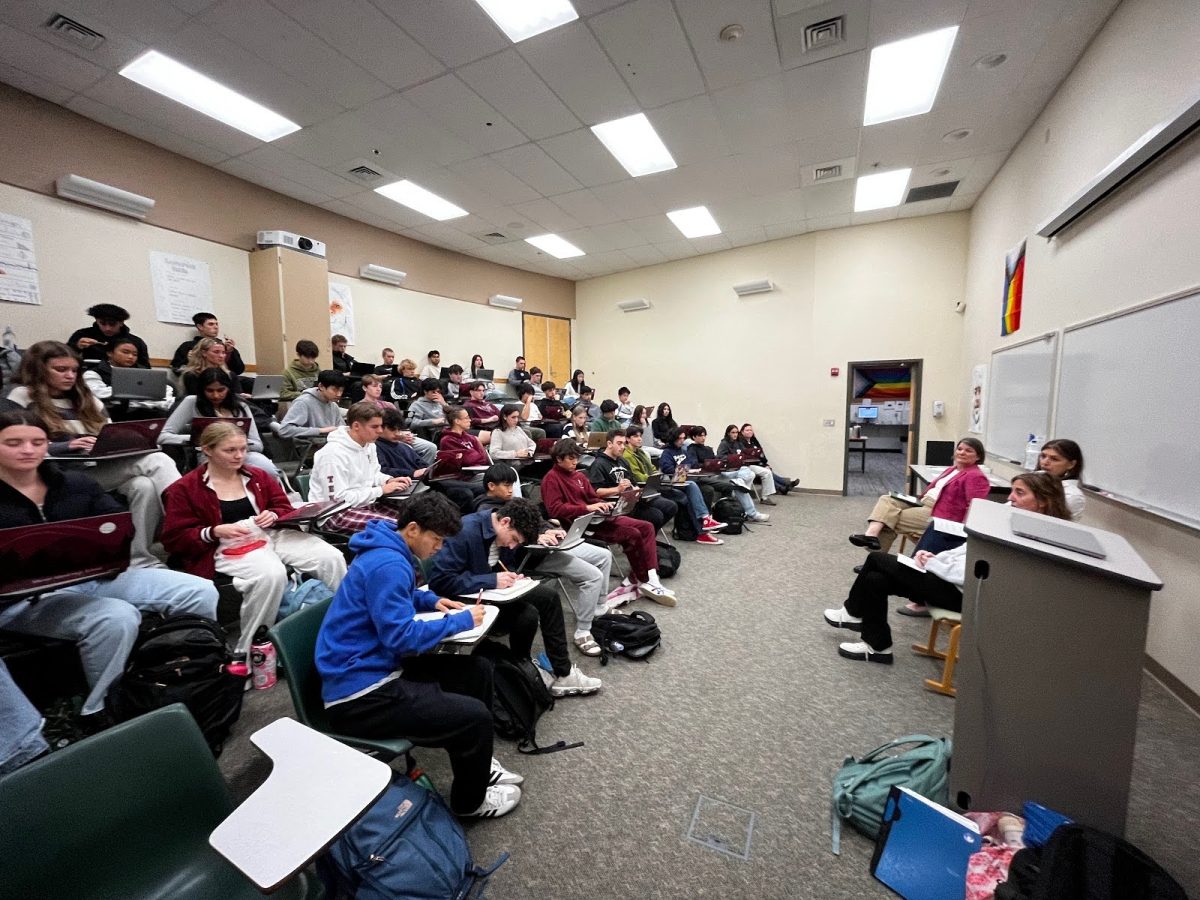June 18, OSPI Superintendent Chris Reykdal met with student journalists to discuss the updates coming to schools next year and OSPI’s role in navigating school re-openings.
OSPI recently released a Planning Guide for Reopening Washington Schools, which can be found here.
On OSPI’s Role in Anti-Racist Work in Education
When asked about the specifics of OSPI’s commitment to support inclusivity and engage in anti-racist work, and how OSPI planned to foster this training state-wide, Reykdal responded that OSPI is both looking into specific policy changes such as with student discipline, which he says was “significantly and disproportionately administrated by race and gender,” as well as individual implicit bias development.
Among ‘seemingly neutral policies,’ which have potential or disproportionate outcomes, Reykdal said OSPI is delving into issues such as Special Resource Officers in schools, administration of grading practices and attendance, and is hoping to provide further guidance for Washington state schools in the future surrounding similar topics.
Reykdal, a former social studies teacher, said that he is very enthusiastic about the recent movement and its potential to help introduce more inclusive material such as “Ethnic Studies” into learning environments from a young age.
“The journey is underway, and I’m very happy for it,” he said.
In addition, Reykdal acknowledged that some of the work that needs to be done in uplifting and learning about diverse perspectives can be achieved through the hiring, and more importantly, retention of teachers from these communities.
“If a young person of color has even one teacher of color they are much more likely to stay engaged, graduate and consider teaching themselves,” he said.
However, just the recruitment of more teachers of color is not the solution according to Reykdal. OSPI has also helped districts pilot mentorship programs to ensure the continued success of new and first-time educators.
“Our role is about retaining … It’s not enough just to grow and bring folks in, we want to create supports to keep them [through mentorship] with an experienced teacher who can teach them.”
On OSPI’s Guidance for the 2020-2021 School Year
“I think every school will re-open [this fall].”
Reykdal also acknowledged the challenges that districts will face come fall, and recognized that reopening strategies will not be the same across regions.
“Each district is building [a reopening plan] on their own, according to their distinct needs,” he said.
“Almost every district will be in some kind of blended model,” he predicted.
In terms of changes, OSPI is telling districts to narrow their learning management systems to reduce confusion among students and teachers. Another focus will be professional development so that faculty is better equipped to handle new technological resources.
“Our ultimate goal is to get as many students [in-person] as safely as we can because we think being in the building is the best thing for morale, mental health, camaraderie, relationship building and the academic learning as well as social-emotional learning.”
On Resources for Equity During COVID-19
“I think what is positive is that everyone else is now seeing how hard it is to create equity within a system,” he said. “The minute you leave a face-to-face model and go online, a lot of high-touch services – the mental health supports, the nursing, the counseling, the therapies – those are virtually impossible to deliver.”
Reykdal said that these disparities, which have worsened because of the lack of in-person instruction, are an important factor for many who are pushing for schools to re-open.
“Whether it’s students with disabilities, and getting them back in early or in the summer to make up resources, or it’s buying connectivity for rural or low-income families who don’t have broadband connection … school districts have to make priority with the resources we have to close those gaps.”
At the state level, Reykdal said that despite the $8 billion budget hole that Washington state is facing, he will be pushing allocation of funds toward technology for basic education learning.
“Basic education and learning has to be covered by the state. And now people are seeing how critical it is, not just in pandemics, but everyday, how much technology [helps one] be successful,” he said.
“We’ve got a generation of legislators who didn’t live in that world, and so I have to bring them a policy framework and expectation that they start purchasing universal connectivity for families.”
On Difficulties of Administering Online Learning
The biggest challenge facing the state, Reykdal said, is making sure that students receive adequate attention and that the ratio of faculty to students is conducive in an online environment.
“We don’t have additional money, so even if we could put five more classes in a gymnasium, it’s going to be very difficult to afford the certificated teachers to stand before students.”
The hybrid model, in which small groups of students alternate between online and in-person schooling, however, could provide a solution to the faculty shortage and space limitations that school districts are facing.
“The goal here is to try and meet as much learning need as we can and follow safety guidelines. Unfortunately, we have to do all this all with existing financial resources.”
“It’s the biggest jigsaw puzzle I have ever observed public education attempt to pull off. And each district has to figure it out.”
On the Role of Police in Schools
Seattle Public School Board announced June 10 that Seattle Public Schools would cut ties with the Seattle Police Department for one year in response to Black Lives Matter demands.
In the wake of Black Lives Matter demands and protests surrounding the presence of police officers in an educational environment, school districts throughout the country face similar options in how they move forward with relationships with police departments.
Across the state, however, Reykdal said that districts are starting from very different places. Some have contracts with local police departments and armed commissioned officers in schools daily, while others have little to no involvement with law enforcement.
“We won’t land on a single policy but I will be advocating with legislators to remove armed personnels from our schools. I’ve never thought they are appropriate,” he said.
“I will support legislation to remove armed SROs from our schools, but ultimately leave it up to districts to determine whether they want to continue contractual relationships with law enforcement.”
Although some advocate for SROs in order to preserve safety, Reykdal doesn’t believe there is a true correlation between safety and police presence.
“We certainly want to focus on safety, but there is no research that we understand that creates a safer school because there is an armed officer there.”
Reykdal also addressed the politicization of mask-wearing that has emerged as businesses re-open and masks are now mandatory in public.
“I am struck by the fact that we are tasking people to sacrifice what they perceive as an individual liberty for the better of the whole … Masks don’t protect you, they protect others.”
For the full interview with Reykdal’s in-depth responses to student questions, click here:
Video courtesy Kathy Schrier.


